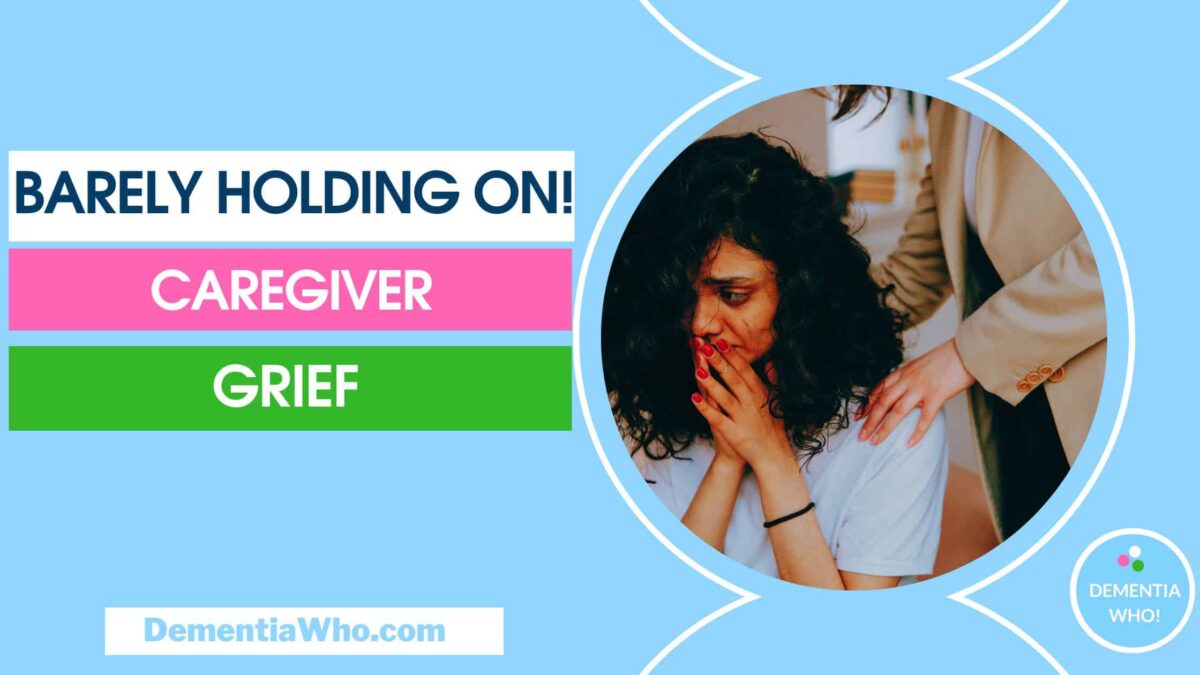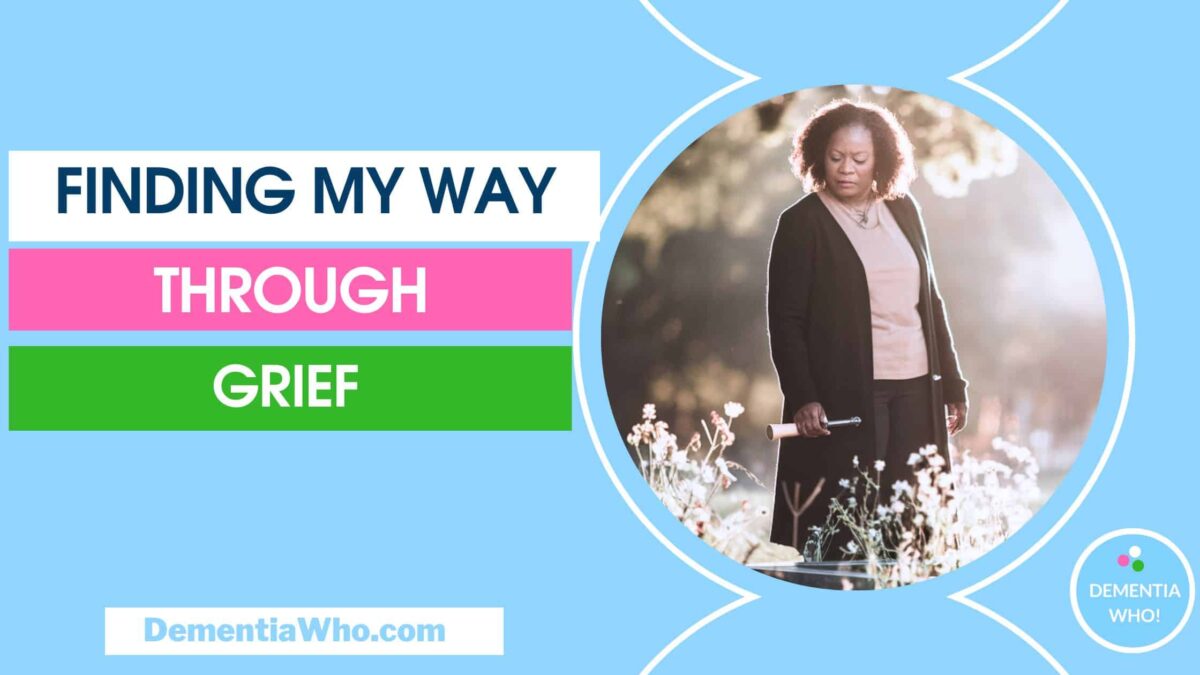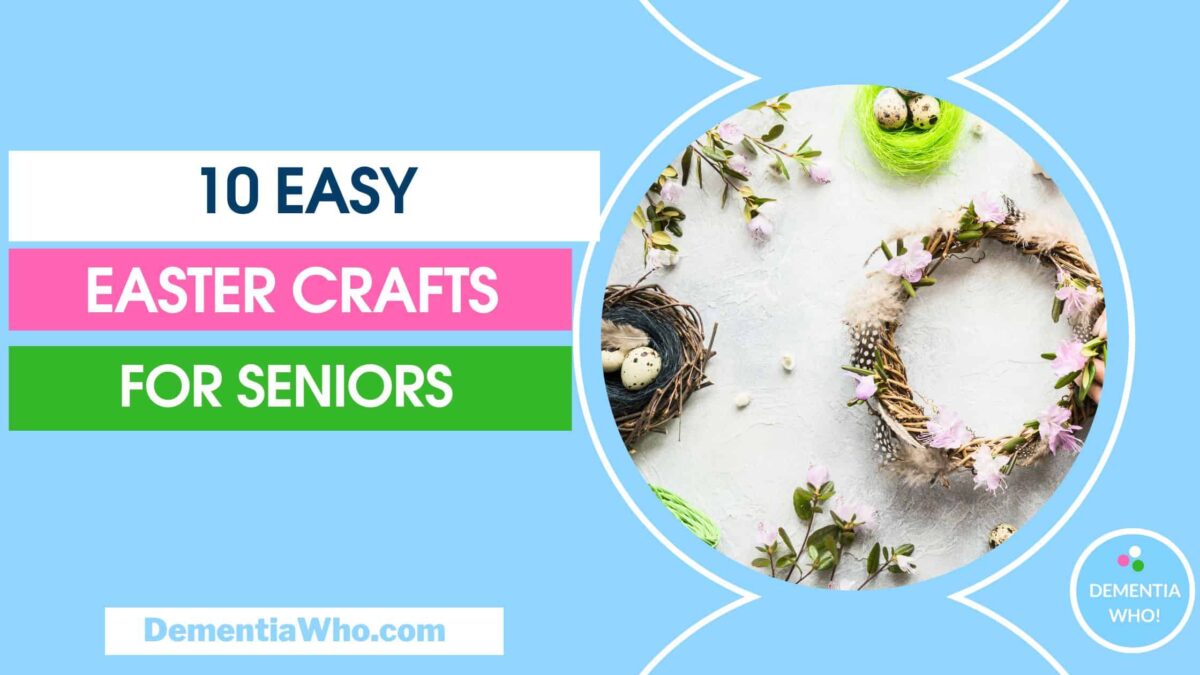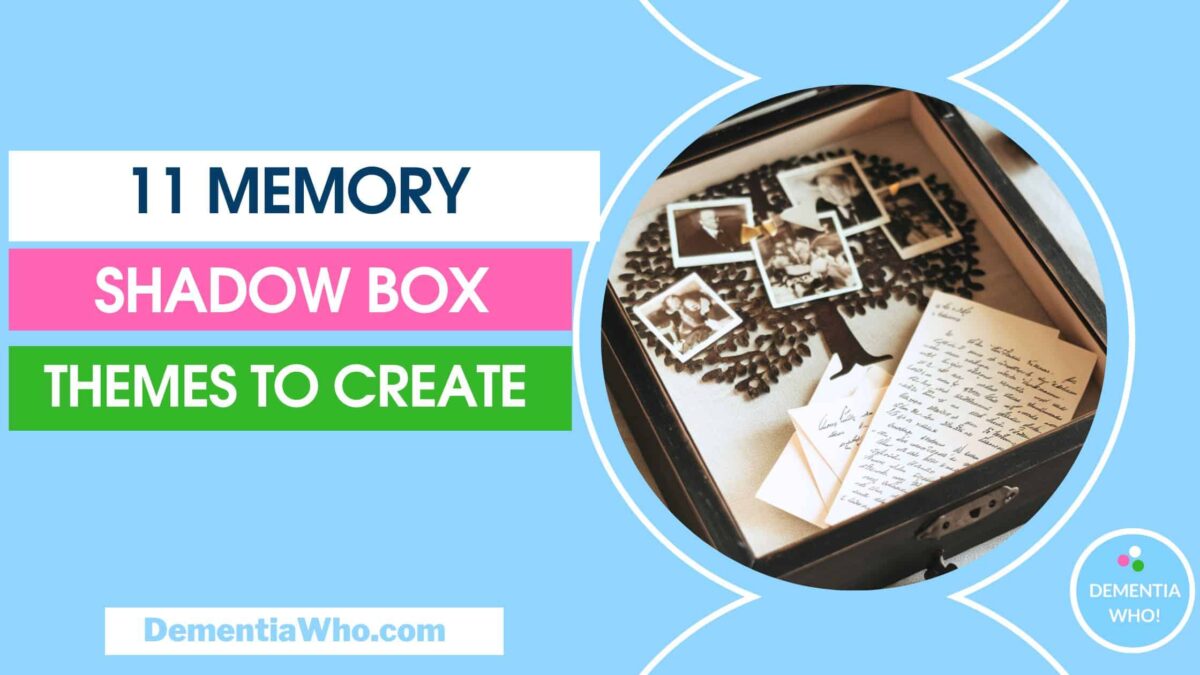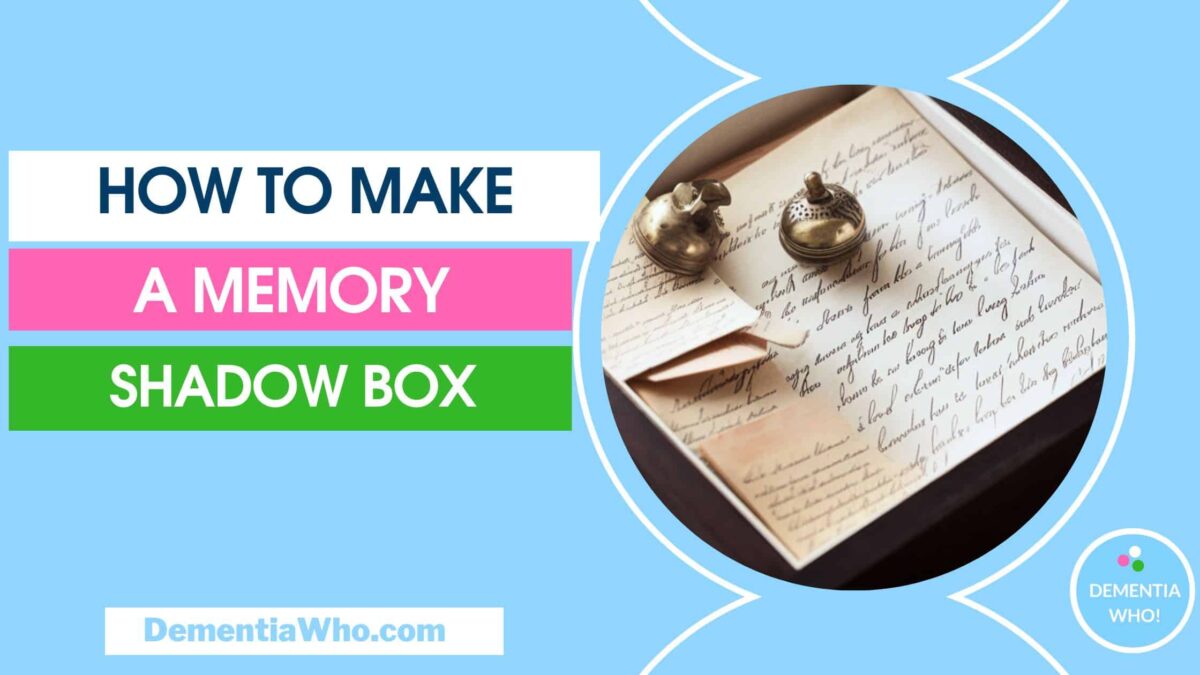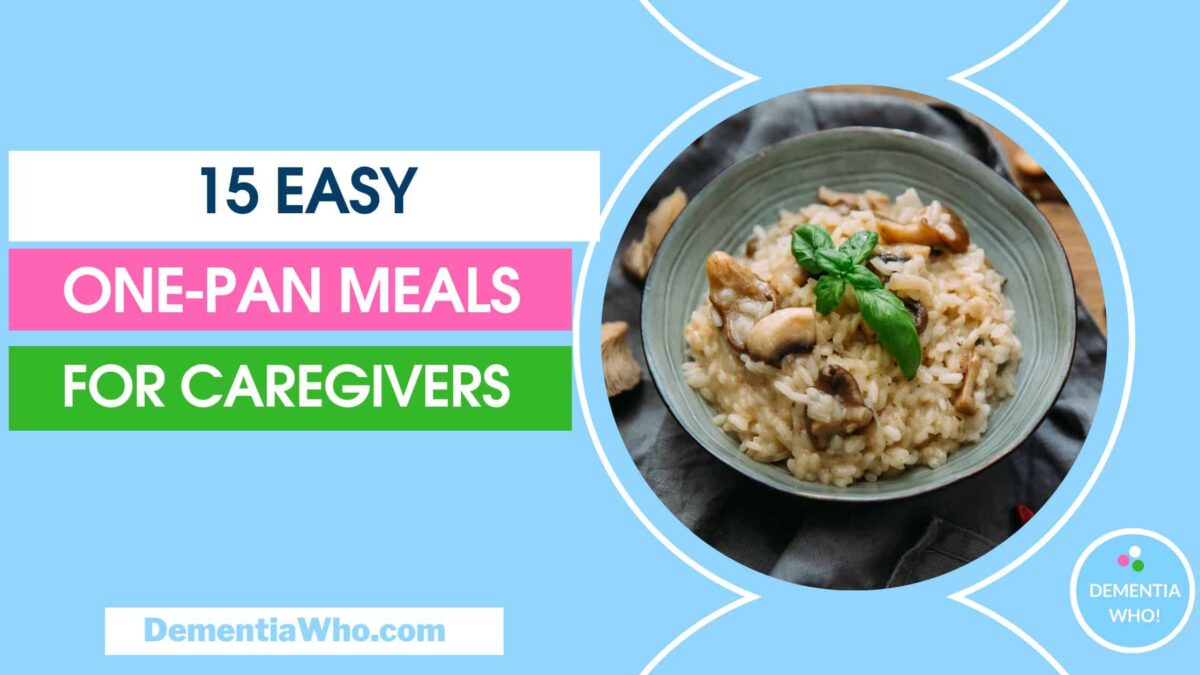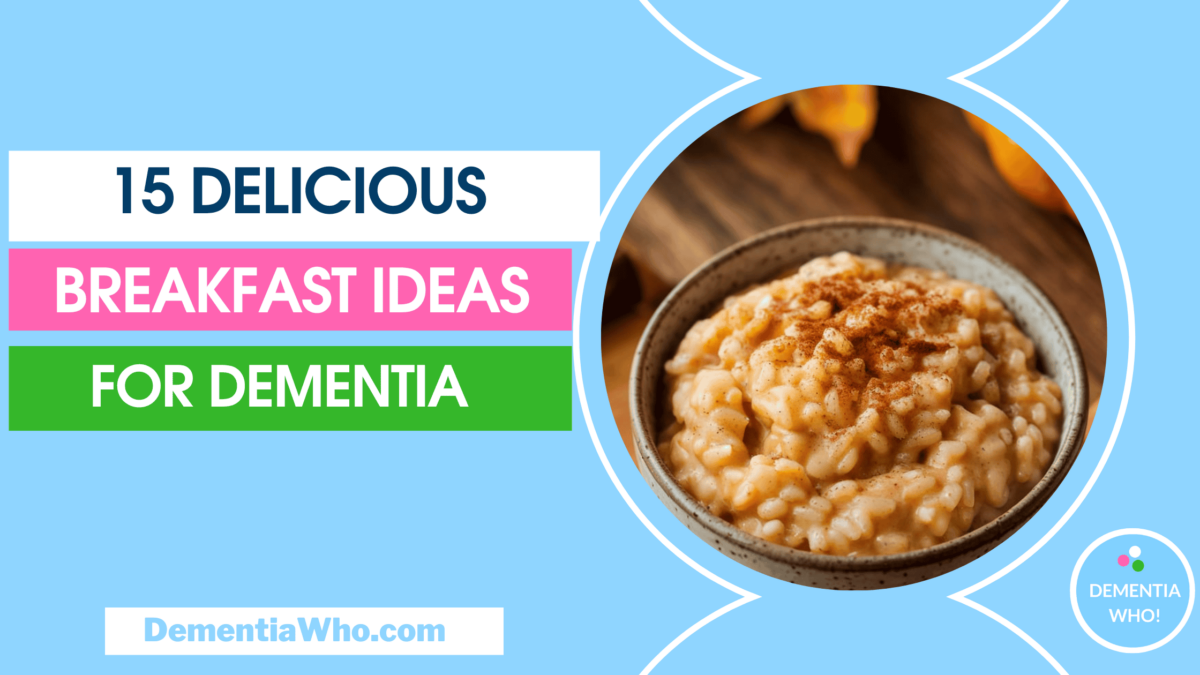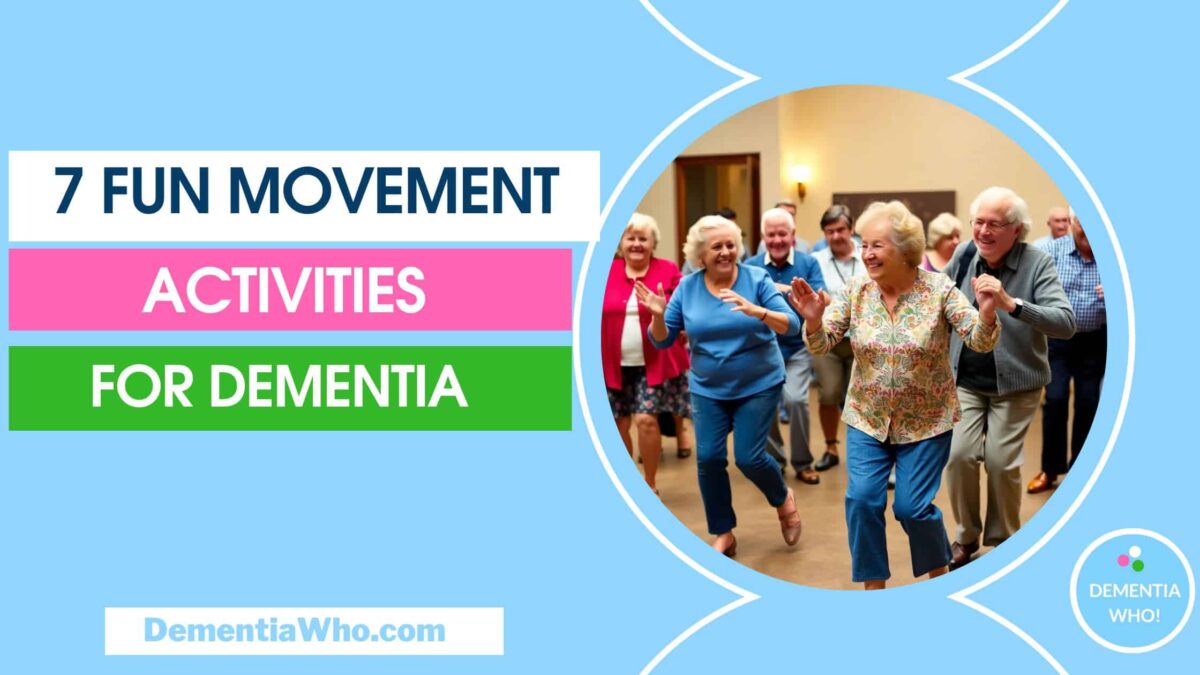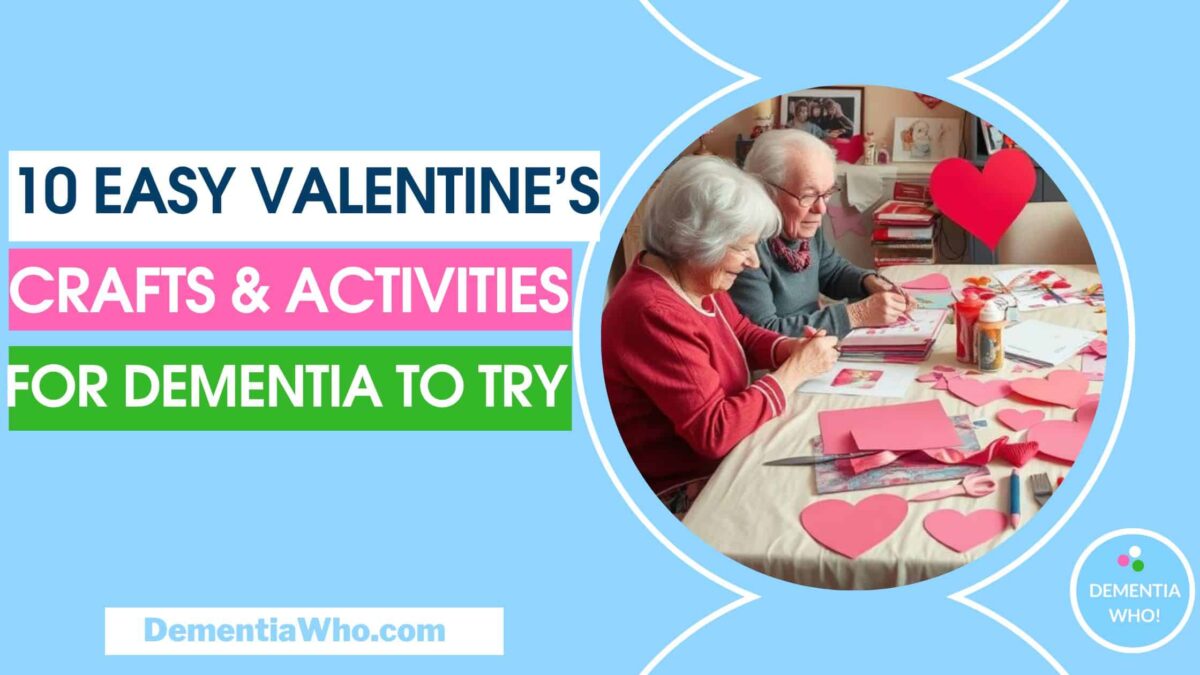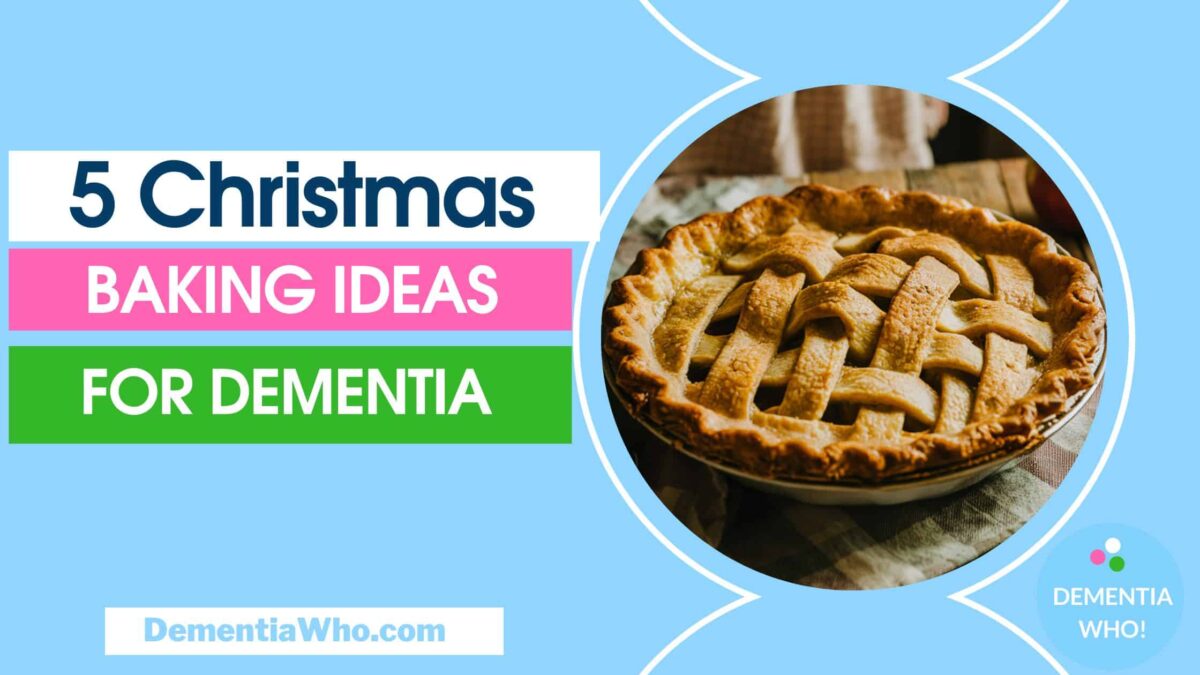Bathrooms are among the most high risk areas for slips & falls, making them an important area of safety to secure working together with our loved ones living with dementia. Our aim was to ensure a safe bathroom space that still enabled mum to retain her independence to care for herself which meant making thoughtful adjustments to the space to help. The following 10 bathroom safety tips for dementia helped us ensure a safer environment for mum when she was walking. Read on to discover these tips, some may surprise you, and also let us know in the comments if you have any other suggestions or tips that worked for you!
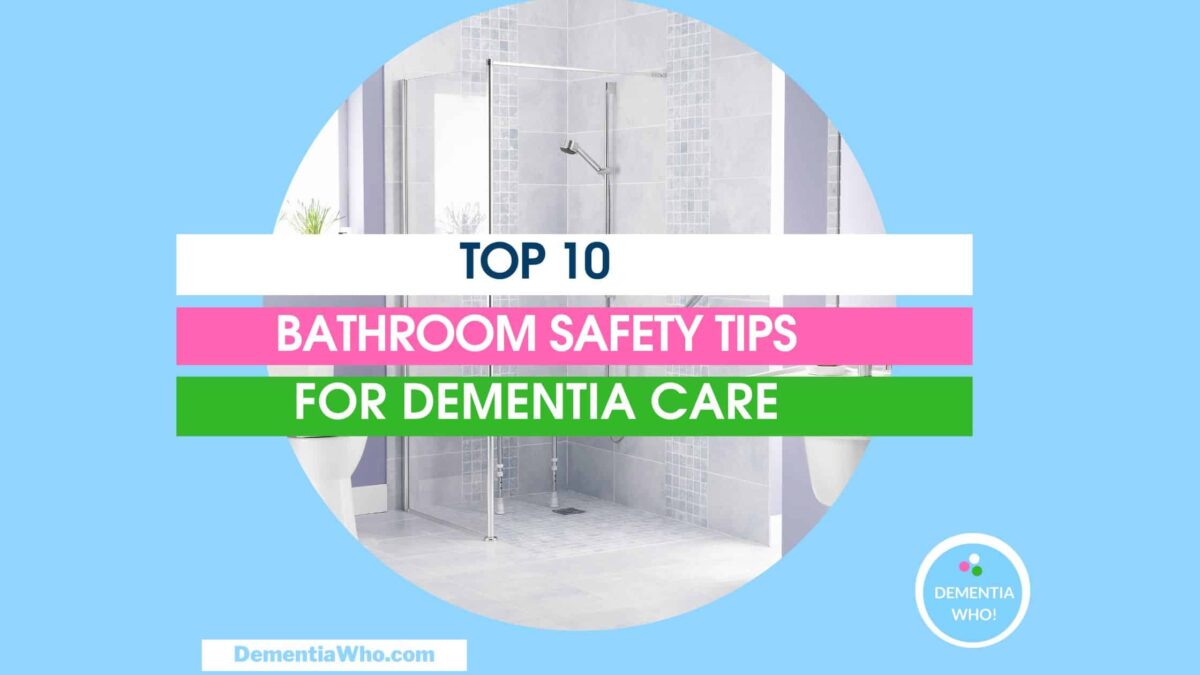
Why Should Bathroom Safety Be a Priority in Dementia Care?
There are a lot of things that can make a bathroom unsafe that’s why it’s important to carry out a risk assessment with your loved one and identify areas which could be improved to reduce confusion, and improve safety.
Slips and falls in bathrooms happen to the best of us, but bathroom safety is more than just that. Your loved one may have balance & mobility issues or deal with visual-spatial perception. Cognitive issues may mean that an inability to recognise certain things as hazards, or things in the bathroom can’t be seen clearly.
You can do a visual check together or utilise tools that are available to help you carry out a risk assessment. You can download our free bathroom risk assessment sheet below!
So, you’ve done a risk assessment and identified areas that need improvement, here are 10 bathroom safety tips for dementia that can help you on your way to a better, secure and safer bathroom.
Tip 1: Install Grab Bars
One of the first things we did was to install grab rails, that meant mum had a place to steady herself when using the shower or the sink, or support to get up from the toilet. Grab bars or rails provide stability, support and reassurance for loved ones with dementia as having somewhere to grip can help to prevent falls and accidents.
Tip 2: Use Non-Slip Mats
When it comes to bathroom safety for loved ones with dementia, non-slip mats are an essential tool to reduce the risk of accidents. These mats should be strategically placed on the bathroom floor, both inside and outside the shower or bath area.
Look for ones that are textured, not smooth, have some kind of drainage holes or quick drying mats especially if used inside a shower to prevent mould buildup, and try to find one that is of a distinctive colour so that it can be seen by contrasting with the colour of the bathroom where possible. Ensure that they are stuck on the floor through suction to avoid becoming a tripping hazard. A more expensive option is having bathroom vinyl flooring with textured surface build in to avoid slips and falls.
For mats outside the bathroom, look very thin mats, use self-sticking strips to secure to the floor and avoid it moving when stepped on & thereby becoming a tripping hazard. Alternatively, ensure that the mat is removed after use.
Tip 3: Ensure Adequate Lighting
Proper lighting is key in any bathroom to help your loved ones see clearly. Consider getting motion sensor lights that turn on when entering the bathroom or night lights that illuminate the way to the bathroom to avoid having to hunt for a light in the dark and help show the way to the bathroom when you’re half asleep!
Think about getting high wattage bulbs or additional lighting around key areas rather than just one overhead light. Good lighting reduces the risk of accidents and increases the confidence of individuals with dementia.
Tip 4: Get a Shower Stool, Bench or Bath Lifts/Lifting Bath Cushion
Your loved ones with dementia may feel safer with some type of seating like using a sturdy shower stool which can help with stability as they shower or having a bathroom transfer bench .
You can also consider more expensive options of walk-in baths/showers to avoid stepping in or out of a bath/threshold. There are also lifting cushions or a bath lift that can lower you into the bath and raise you to step out of it easier.
All expensive options I know, but things to consider should your loved one see an increased risks involved in getting in and out of a bath/shower. Having grab rails and non-slips mats will provide extra support to them when using a shower stool, bench or lifting cushion.
Tip 5: Lower Water Temperature
Think about lowering the water temperature to avoid the risk of scalding or burning themselves with excessively hot water. You can do that directly from the hot water heating system, or purchasing anti scald devices.
In our shower there is a way to turn down the temperature directly within it when it was installed (look for that as a feature if you’re replacing you shower). I know with my own mum, she could only feel extreme cold temperatures and didn’t react for a while when the water became too hot, increasing the risk of her scalding from the water temperature. Discuss it with your loved one as an easy safety measure that can be implemented now
Tip 6: Handheld/Adjustable Showerhead
These are great for directing water to where you want it, overhead showerheads are great too, but having one which can be adjusted or handheld to direct the water closer to the area to be washed. It also helps to reduce the sensation of “pins” when showering as the water jets can be adjusted to suit the person more easily.
Tip 7: Remove Locks from Doors
Remove locks from the bathroom door means that you can get immediate access to the bathroom in case of emergencies or when your loved one with dementia needs assistance. It’s very easy to lock a bathroom door sometimes unintentionally. It also reduces the risk of confusion & anxiety building if your loved one is unable to unlock the door themselves. Using clear signage on a door and keeping the bathroom door open can also help your loved one by helping them identify the bathroom location more easily.
Tip 8: Install Raised Toilet Seats/Coloured Toilet Seats
Installing a raised toilet seat can make sitting and standing easier for loved ones with dementia reducing the risk of falls and injuries. These were a god send for us as mum had issues with arthritis, and dizziness so not having to a lower herself or struggle to get up as much reduced the risks for us, again a grab rail next to the toilet is also helpful. Another important factor is having the toilet seat and lid in a bright colour to help loved ones differentiate it from its surroundings. Leaving the toilet seat up can also help with accidents.
Tip 9: Declutter and keep clean
Keeping the bathroom space well-organized, clean and clutter-free can reduce confusion and promote safety. Agree together what can be removed to just leave the items that are needed, Use clear labelling to identify the cupboard contents, toiletries and other items. Remove cleaning products that can be mistaken for something else. Use picture prompts as well as labels to help understanding of purpose e.g. a picture of a toothbrush can indicate the location of dental products.
Keeping the area clean and tidy makes it much more user-friendly environment for your loved ones reducing the risk of accidents and promoting independence.
Tip 10: Use Soap Dispensers
Don’t you just love those soap dispensers you get in some hotels, so that you don’t have to worry about dropping the bottle, its stuck to the wall and easy to dispense soap with a squeeze. Consider having soap dispensers in your bathroom for shower gel, shampoos, and handwash areas. No need to worry about bending down if you drop something or trying to open difficult shampoo or shower gel bottles, making life much easier for your loved ones with dementia and reducing the risks of slips and falls. (Just make sure the there isn’t build up on the floor if too much has been squeezed out!)
Finally
If you’re still worried or your loved one is finding daily living aspects of the bathroom difficult then talk to an Occupational Therapist or your dementia consultant who can look at the surroundings and suggest what improvements can be done now and what might be needed in the future. In some cases, they may be able to provide equipment or direct you towards ways to fund the costs of the equipment through local authorities, charities or other organisations.
I hope these 10 Bathroom Safety Tips for Dementia Care help you and your family to create a safer, accessible, more secure bathroom for your loved ones with dementia. Don’t forget to share your tips, I know there are loads more, so tell me what works for you in the comments below!

